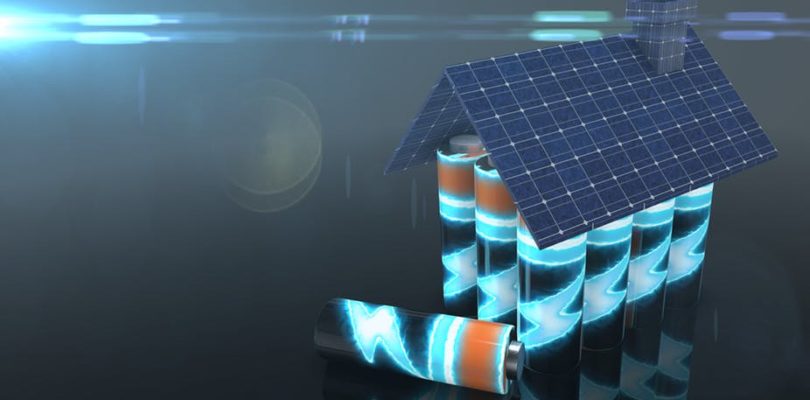What is a lithium ion battery and what are its benefits?
Lithium ion, or Li-ion, batteries are a type of rechargeable battery. They are a popular choice because when well looked after, they can be drained and charged literally thousands of times which makes them superior to commonly used lead acid batteries.
Li-ion batteries – like other batteries used to store energy – act as a buffer between power generation and consumption. The batteries are charged when power is available from, example, a wind turbine, solar panels or the grid, and then provide power when it’s not.
If Li-ion batteries could be manufactured in Africa, on the appropriate scale, they would become cheaper and power users could rely more on renewable energy than they do now. This would open the path for clean, sustainable energy, mitigating the effects of climate change. It could also boost economies.
Africa already has part of the solution: photovoltaic (PV) panels are common and the energy they produce in South Africa is approximately 40% cheaper than that generated from fossil or nuclear fuelled power stations. The main drawback of PV power is that it can only really be generated between 10am and 5pm. That’s not when most people need to use it, so it has to be stored cheaply.
Li-ion batteries have been commercialised elsewhere in the world. Why not in Africa yet?
Li-ion batteries are used in many commercially available products, like power tools, toys, electric bikes, laptops and mobile phones. Large Li-ion battery packs in home and grid-power applications are becoming rapidly more popular in many countries, including Africa.
There are only a few Li-ion battery factories in the US, Poland, South Korea, Japan and China. Most of the companies that run them work closely with electric vehicle manufacturers and consumer good production sites. Some of the top 10 companies manufacturing the batteries include; Panasonic, Toshiba, Samsung SDI, LG-Chem and Tesla.
There are a few small companies in South Africa who assemble battery packs using imported cells. And, to the best knowledge of the author, there’s only one facility on the African continent that has the capability to produce Li-ion battery cells at pilot scale: the University of the Western Cape’s Energy Storage Innovation Lab. The lab has already been laying the groundwork for industrial Li-ion batteries assembly. Though I cannot say with certainty that Li-ion cells are not being produced elsewhere in Africa, it would be hard for a commercial plant to go unnoticed as it would have to be very large to be profitable.
There is huge opportunity. South Africa has almost 80% of the world’s known reserves of manganese – an important component of the most popular battery. Because the companies that produce Li-on batteries have deep pockets, and because the price of manganese is relatively low, they have been able to import it from South Africa.
A growing market will eventually justify the creation of a local battery production plant. But to produce batteries at a competitive price, a large scale facility with an investment of at least $1 billion is required. Only in a facility that produced millions of excellent quality cells per day would the cost per cell be able to compete with cells produced on other continents. It will be challenging to raise the required capital in Africa.
What would be the major challenges in commercialising Li-ion across the continent?
To achieve commercialisation across the continent, the cost of a Li-ion battery system needs to be lower than any alternative energy storage system. Currently, Li-ion batteries cost between $500-$1000/kWh, significantly more than Lead Acid batteries, but since they last much longer than Lead Acid, they can offer a better deal.
The desired shift away from our unsustainable fossil-fuel-based economy can be realised when we produce Li-ion batteries that last many years and cost as little as $300/kWh. Economy of scale is crucial to achieve these costs.
The electrification gains could be huge. Renewable energy – such as wind or solar solutions – combined with an energy storage device that could deliver electricity at the cost of electricity from a power station would be a game changer. And because Africa’s power distribution network is still underdeveloped, investors in the device could see returns sooner than in regions with a fully developed transmission network that’s already paid for.

